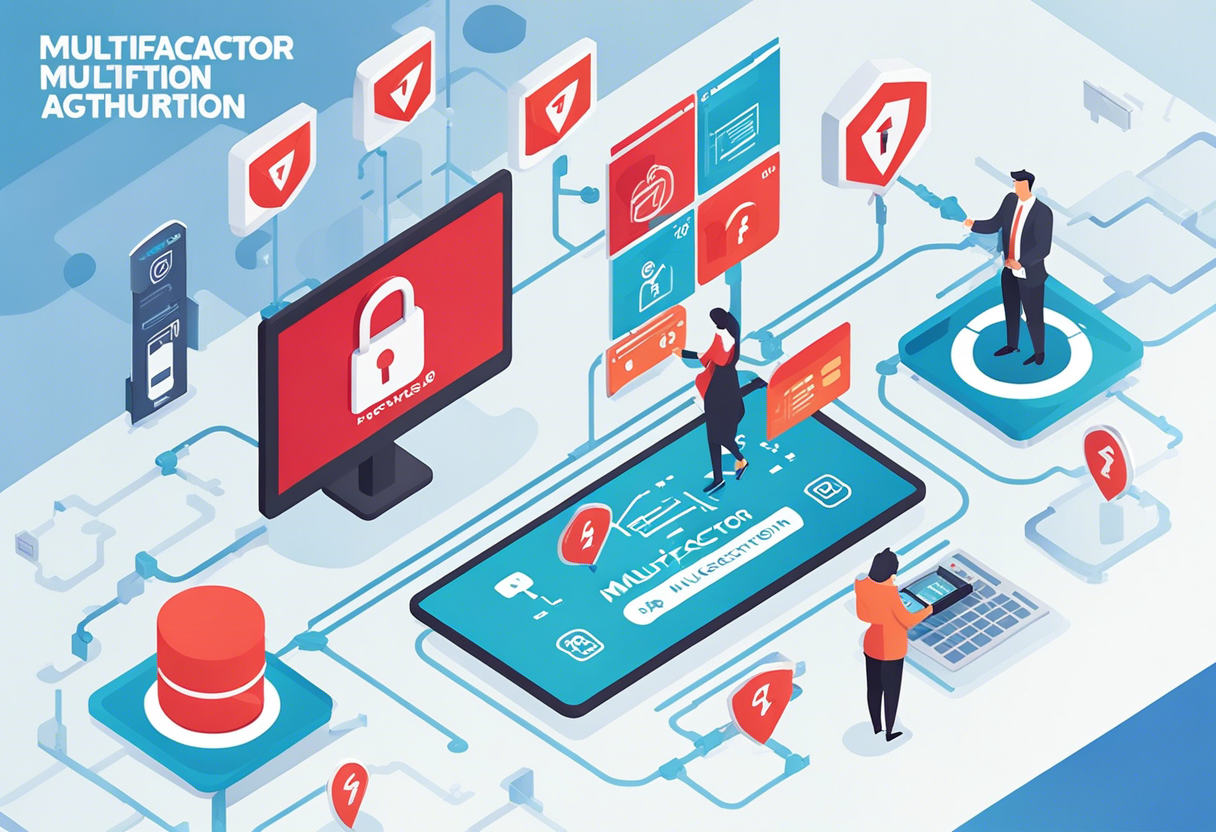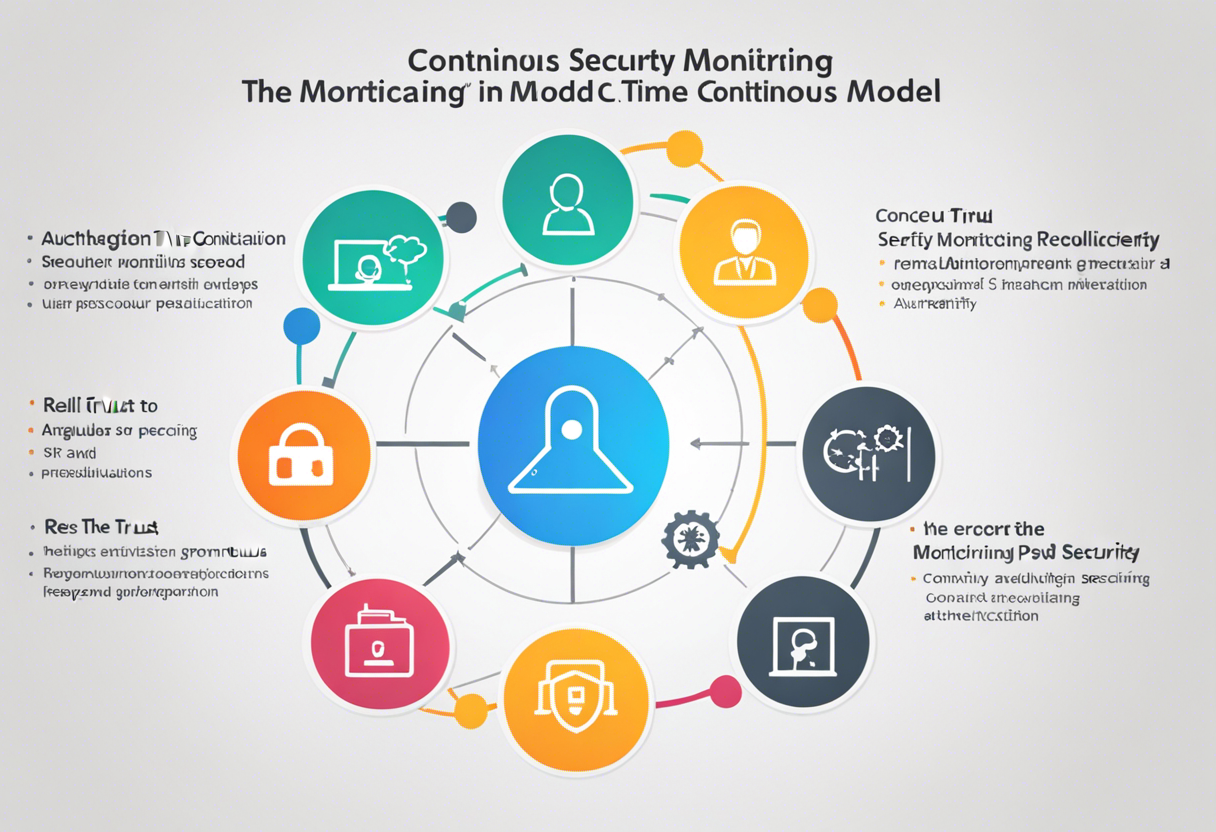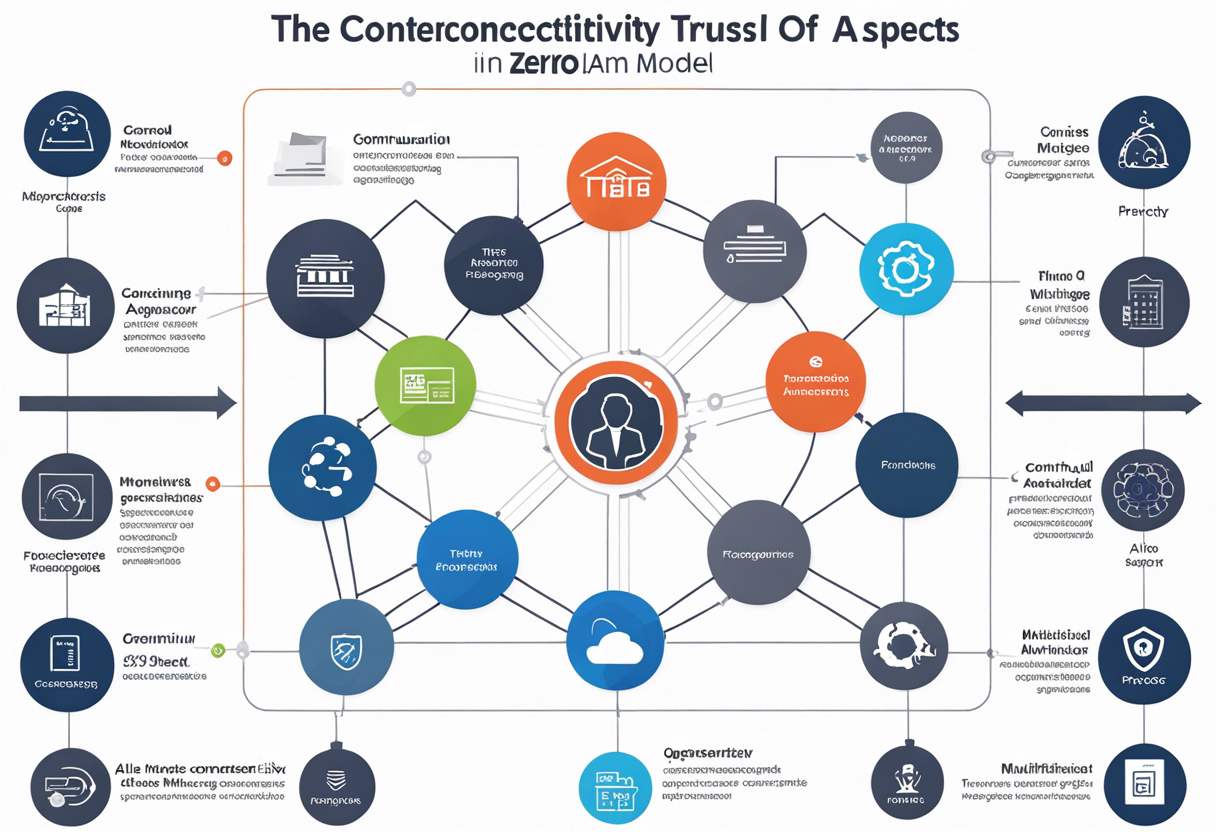Journey into the Five Key Aspects of Zero Trust IAM: A Comprehensive Guide
The Zero Trust model breaks away from traditional security methods by subscribing to the ideology "never trust, always verify". In the realm of Identity and Access Management (IAM), this means that no user, whether inside or outside the network perimeter, is automatically trusted. Instead, each user's identity needs to be verified before granting them access to resources. The Zero Trust IAM focuses on eliminating implicit trust, thus diminishing the likelihood of any security breaches. This eradication of the concept of trust from our security methods forms the core of the Zero Trust IAM model.
Principle of Least Privilege

The Principle of Least Privilege (PoLP) is a crucial element of the Zero Trust IAM model. It dictates that users are given the bare minimal access rights they need to perform their job functions. This dramatically reduces the potential damage that can arise from a security compromise, as users only have access to limited data and systems. By implementing PoLP, organizations ensure that a single compromise does not lead to a network-wide security failure.
Micro-Segmentation

Micro-segmentation, another key aspect of Zero Trust IAM, argues in favor of breaking down security perimeters into small zones. Each segment operates independently and requires separate access, considerably decreasing the chances of a network-wide breach. Basically, even if an attacker gains entry to one part of the network, micro-segmentation ensures that they cannot move unhindered throughout the system stealing data, thus minimizing potential damage.
Multifactor Authentication

Multifactor Authentication (MFA) is an essential component of the Zero Trust IAM system. MFA requires users to provide two or more verification methods before gaining access, enhancing the security system by offering an additional layer of defense. This dramatically reduces the possibility of unauthorized access, making it one of the most effective measures in the implementation of a Zero Trust model.
Continuous Security Monitoring

The final key aspect of Zero Trust IAM worth examining is the practice of continuous security monitoring. This implies assiduously observing and scrutinizing network behavior to identify potential threats in real-time. Unlike his traditional counterpart, the Zero Trust model relies on continuous evaluation and re authentication rather than one-time verification. This allows the model to promptly detect and respond to any irregularities, thereby mitigating risks.
The Interconnectivity of the Five Aspects

All aspects of the Zero Trust IAM model work in tandem to protect an organization's data from threats. The core ideology lays the foundation, which is then strengthened by principles like Least Privilege, Micro-Segmentation, and Multifactor Authentication. Continuous Monitoring ensures that the system remains secure and any potential threats are quickly neutralized. By understanding each aspect individually and their connectivity as a whole, effective implementation of a Zero Trust IAM-model is possible.







